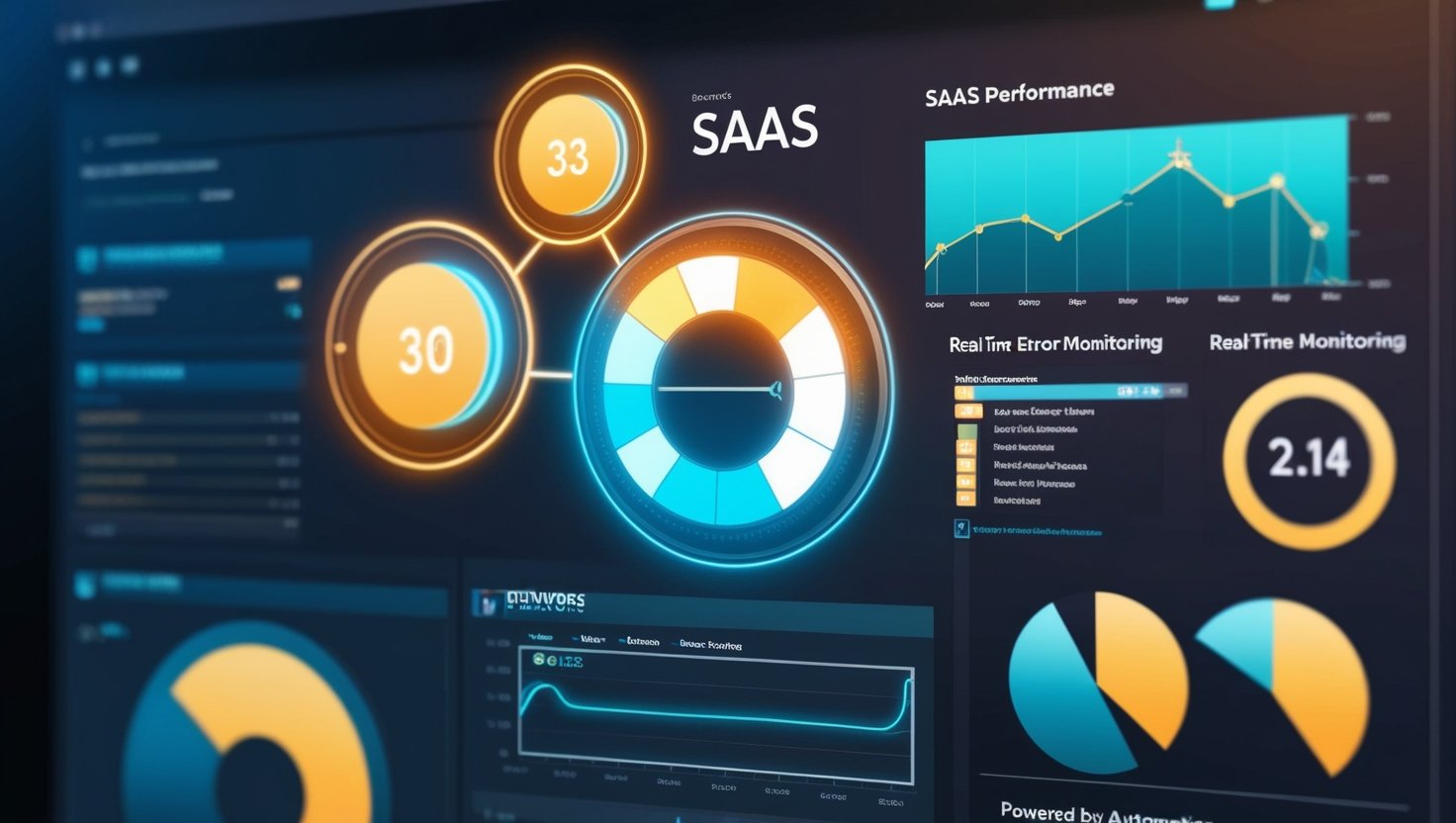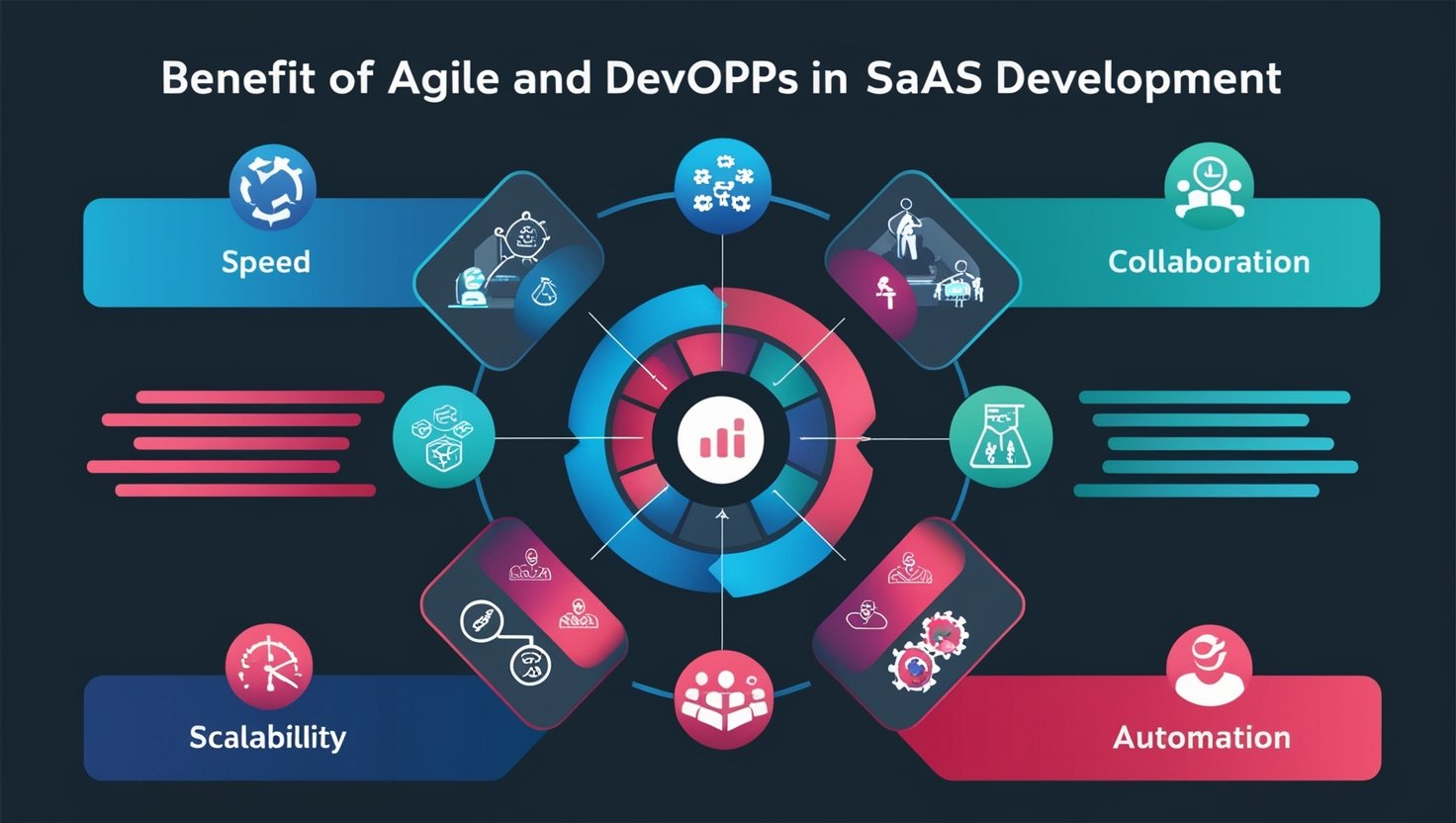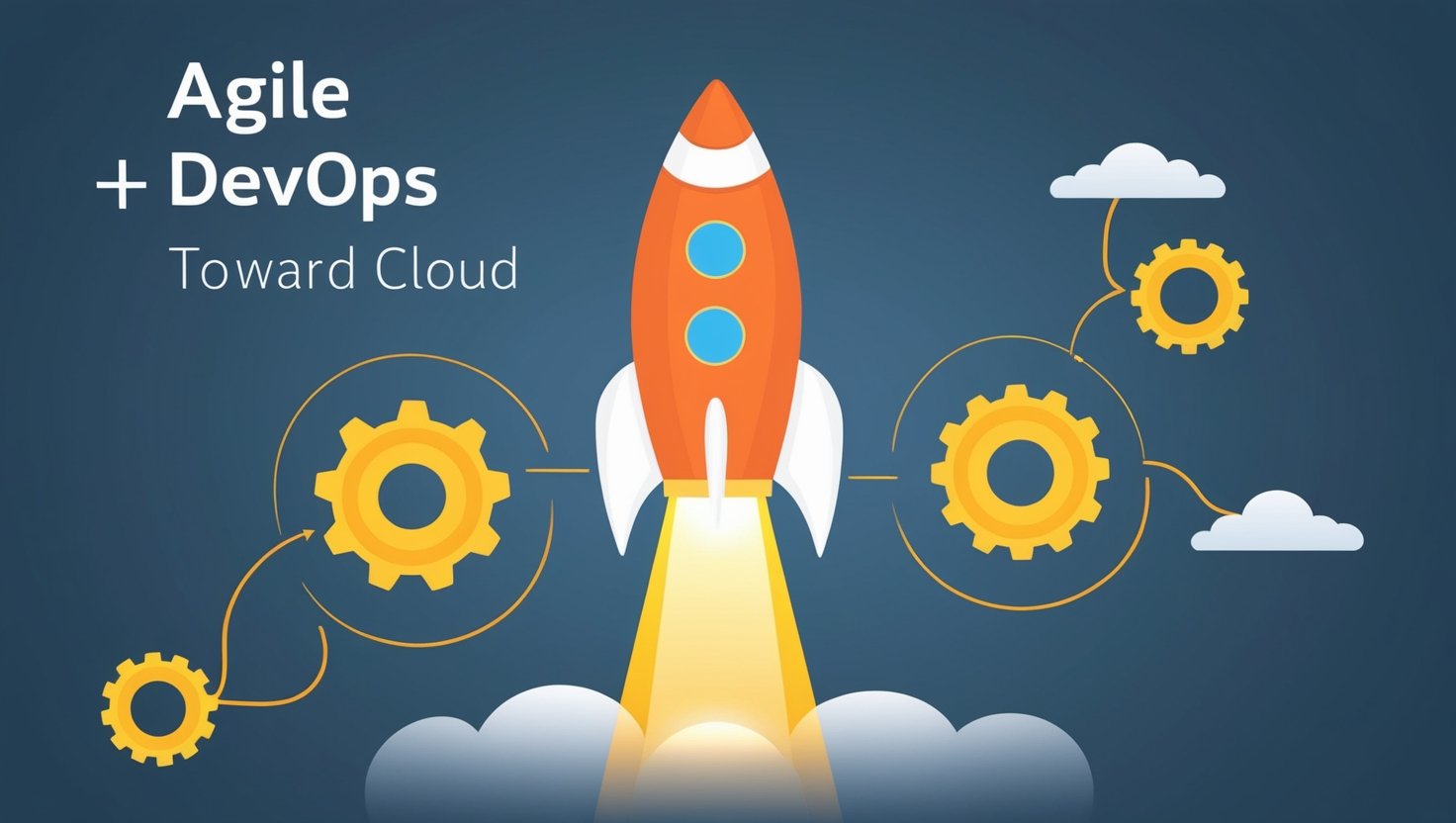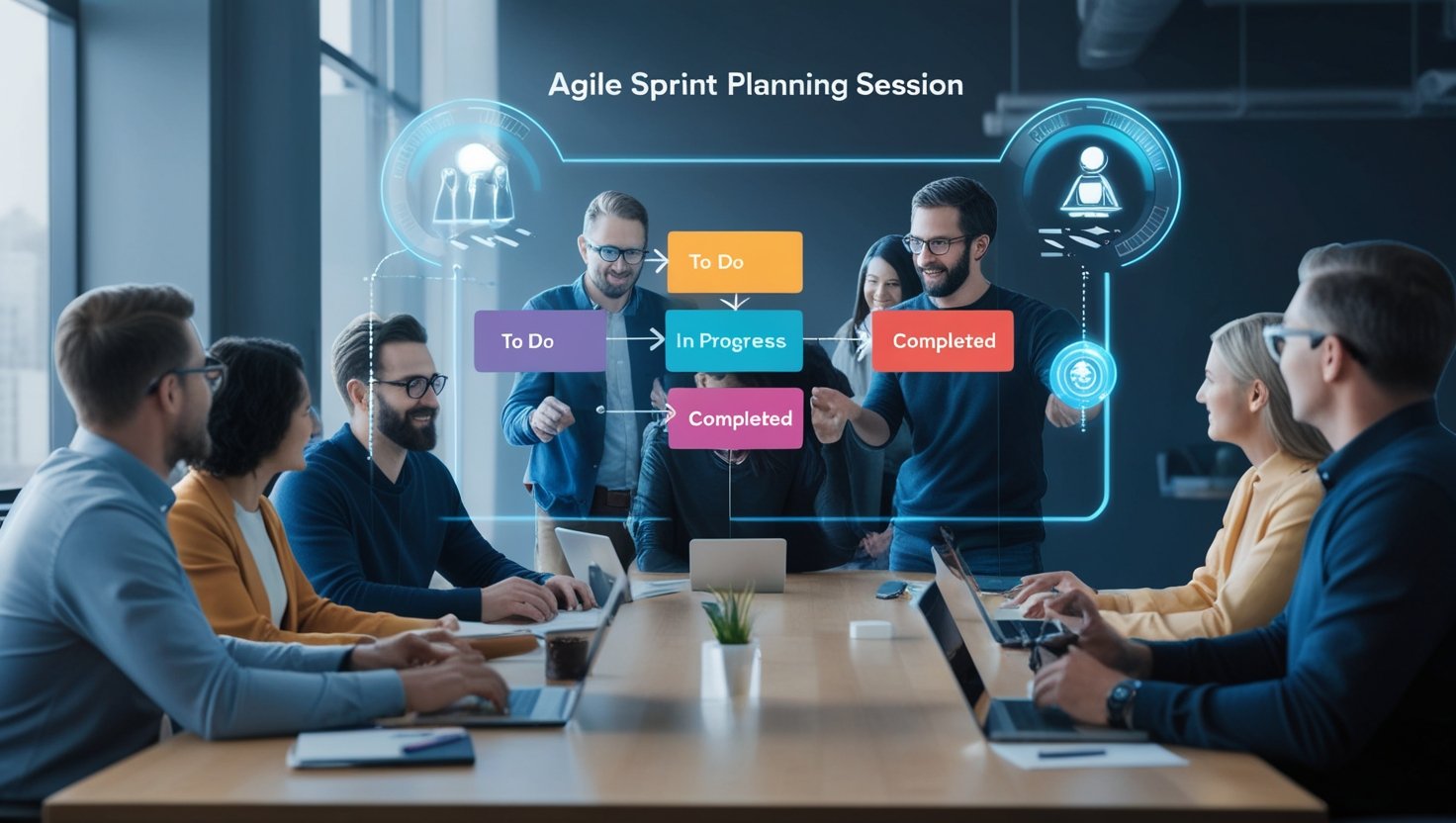How Agile and DevOps Work Together in SaaS Development

What is Agile in SaaS Development?
Key Features:
Iterative Development: Agile divides work into sprints, enabling teams to deliver functional increments quickly.
Customer-Centric Approach: Continuous feedback loops help teams adapt products to user needs.
Team Collaboration: Agile fosters a culture of open communication among cross-functional teams.
In SaaS, where user needs evolve rapidly, Agile ensures your product remains relevant and competitive.

What is DevOps in SaaS Development?
DevOps is a culture that merges development and operations to deliver software faster and more reliably.
Key Principles:
Automation: Automates repetitive tasks like testing and deployment, reducing errors.
Continuous Integration/Continuous Deployment (CI/CD): Ensures code is integrated and deployed efficiently.
Monitoring and Feedback: Provides insights into performance and user behavior.
In SaaS, DevOps accelerates release cycles and enhances application reliability.

How Agile and DevOps Complement Each Other
Agile and DevOps are natural allies. While Agile focuses on “what to build,” DevOps handles “how to deliver.”
Key Points of Collaboration:
Faster Development Cycles: Agile’s sprint cycles combined with DevOps’ CI/CD pipelines ensure rapid iteration.
Enhanced Collaboration: Agile promotes teamwork, and DevOps extends it to include operations.
Quality Assurance: Agile’s continuous feedback integrates with DevOps’ automated testing for superior quality.
Scalability: Agile’s adaptability and DevOps’ scalability tools ensure SaaS products can handle growth seamlessly.

Benefits of Using Agile and DevOps Together
- Accelerated Time-to-Market
Combining Agile’s quick iterations with DevOps’ automated deployment slashes development time. This ensures your SaaS product reaches users faster.
- Improved Collaboration
With Agile promoting open communication and DevOps breaking silos, teams work cohesively, leading to smoother processes.
- Higher Product Quality
Continuous feedback from Agile and DevOps’ monitoring tools ensures bugs are caught and fixed early, enhancing user satisfaction.
- Enhanced Customer Experience
Frequent updates and high-quality releases mean customers always get the best version of your SaaS product.

Best Practices for applying Agile and DevOps in SaaS
- Establish a CI/CD Pipeline
A CI/CD pipeline is essential for integrating Agile sprints with DevOps processes. Automating testing and deployment ensures faster, error-free releases.
- Foster a Collaborative Culture
Both Agile and DevOps thrive on teamwork. Encourage open communication among all stakeholders.
- Use the Right Tools
Agile Tools: Jira, Trello, Asana
DevOps Tools: Jenkins, Docker, Kubernetes, AWS DevOps tools
- Monitor and Iterate
Agile and DevOps emphasize learning from feedback. Use monitoring tools to collect data and adapt accordingly.

Challenges of Combining Agile and DevOps
While the synergy between Agile and DevOps is powerful, implementing both simultaneously can pose challenges:
Cultural Resistance: Teams might be reluctant to embrace new workflows.
Tool Integration: Choosing tools that support both methodologies can be tricky.
Skill Gaps: Agile requires adaptability, while DevOps demands technical expertise.
By addressing these challenges proactively, you can ensure smooth adoption.
Conclusion
In the competitive SaaS landscape, leveraging the strengths of both Agile and DevOps is a game-changer. Together, they streamline development, enhance collaboration, and deliver exceptional user experiences. By embracing these methodologies, your SaaS product can achieve scalability, quality, and innovation in 2024 and beyond.
What are the key differences between Agile and DevOps?
Agile focuses on iterative development and adaptability, while DevOps emphasizes automation, collaboration, and continuous delivery.
Can Agile and DevOps be implemented together?
Yes! They complement each other by aligning development, operations, and feedback cycles.
What tools are best for Agile and DevOps in SaaS?
Tools like Jira (Agile), Jenkins (DevOps), and AWS DevOps tools are ideal for SaaS development.
How do CI/CD pipelines help in Agile and DevOps?
CI/CD pipelines automate integration and deployment, aligning Agile’s sprints with DevOps’ delivery efficiency.
What challenges should teams expect when merging Agile and DevOps?
Expect cultural resistance, tool integration issues, and skill gaps, which can be overcome with training and collaboration.

Subscribe to our Newsletter

As a UK-based digital expert, we partner with innovative startups, B2B trailblazers, and fintech disruptors to craft bespoke online experiences that drive real results. We deliver high-performing websites that elevate your brand and accelerate your growth.
Contact Us
+44 7359 497 513
hello@nexaphaze.com
80 – 90, Paul Street, London EC2A 4NE
